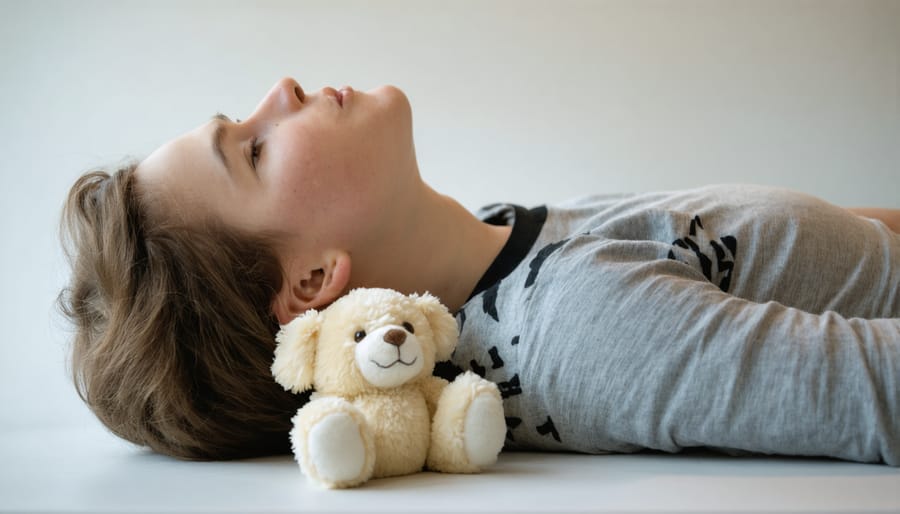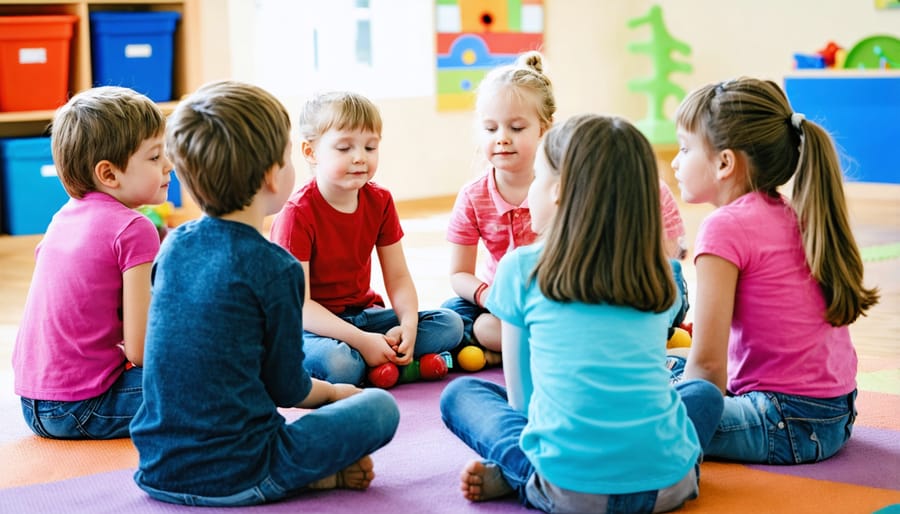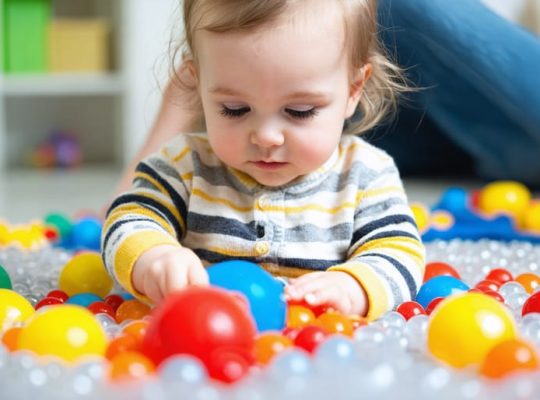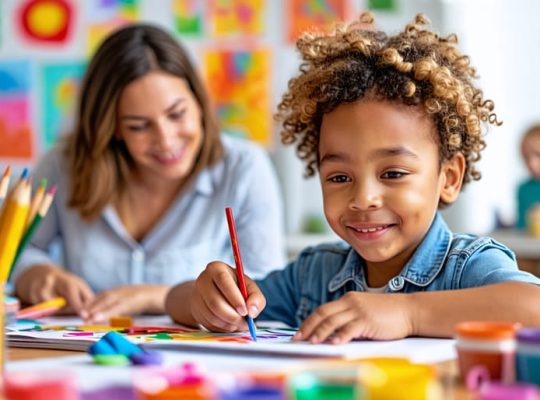Transform your classroom into a calm, focused learning environment with one-minute mindfulness techniques that work between lessons, during transitions, or whenever students need a mental reset. These quick exercises fit seamlessly into busy school schedules, requiring no special equipment or extensive training.
Studies show that even brief mindfulness practices can significantly improve student concentration, reduce anxiety, and enhance emotional regulation. In just 60 seconds, students can shift from scattered thoughts to present-moment awareness, creating a foundation for better learning and emotional well-being.
Whether managing test anxiety, calming an overactive classroom, or helping students transition between activities, these one-minute mindfulness exercises offer practical solutions that respect both academic time constraints and students’ emotional needs. They’re designed to be inclusive, age-appropriate, and immediately effective, making them valuable tools for educators at all grade levels.
These exercises transform traditional classroom management into opportunities for emotional growth and self-awareness, helping students develop essential life skills while maintaining academic focus.
Why Quick Mindfulness Breaks Matter for Students
In today’s fast-paced learning environments, students face constant pressure to perform, focus, and manage their emotions effectively. Quick mindfulness breaks serve as powerful tools within a mental health toolkit for students, offering immediate benefits that can transform their daily academic experience.
When students take just one minute to pause and practice mindfulness, they activate their body’s natural relaxation response. This brief reset helps reduce stress hormones and allows the mind to refocus on learning tasks. Research shows that even these micro-moments of mindfulness can improve attention span, enhance memory retention, and boost overall academic performance.
Dr. Sarah Chen, a child psychologist specializing in educational wellness, notes, “These short breaks work because they’re manageable and non-disruptive. Students can use them between subjects, before tests, or whenever they feel overwhelmed.”
The benefits extend beyond academics. Regular mindfulness practice helps students:
– Develop better emotional awareness
– Manage test anxiety more effectively
– Build stronger peer relationships
– Improve self-regulation skills
– Increase resilience to daily stressors
For teachers, these one-minute exercises are practical tools that don’t interrupt lesson flow. They can be seamlessly integrated into transition periods or used as class-wide reset moments. Parents often report that children who practice these brief mindfulness exercises at school begin implementing them at home, creating a positive ripple effect in their overall well-being.
Remember, consistency matters more than duration. These short mindfulness breaks, when practiced regularly, can create lasting positive changes in students’ ability to focus, learn, and thrive in their academic environment.
Breathing Exercises for Instant Calm
Rainbow Breath
Rainbow Breath is a delightful visualization exercise that combines deep breathing with the calming properties of colors. Students begin by sitting comfortably with their eyes closed, imagining a beautiful rainbow ahead of them. As they breathe in deeply, they visualize inhaling one color at a time, starting with red. With each exhale, they imagine that color filling their body with peaceful energy.
Moving through the rainbow’s colors (red, orange, yellow, green, blue, indigo, and violet), students take one breath per color. They can imagine each color bringing its own special feeling – red for strength, yellow for happiness, blue for calm, and so on. This exercise is particularly effective for younger students who respond well to imagery and color-based activities.
School counselor Maria Chen notes, “Rainbow Breath helps students connect their emotional state with something tangible – colors. It’s especially helpful during test anxiety or when students need a quick reset between activities.” The exercise can be adapted for different age groups by simplifying or adding more sophisticated emotional connections to each color.
Belly Breathing Buddies
This delightful exercise turns mindful breathing into a fun, engaging activity that students love. Have each child place a small, lightweight object (like a stuffed animal, bean bag, or toy) on their belly while lying on their back. As they breathe deeply, they can watch their “breathing buddy” gently rise and fall with each breath.
Encourage students to focus on making their buddy move up and down smoothly and steadily. They can pretend their belly is giving their buddy a calm, peaceful ride on an ocean wave. This visual and tactile feedback helps children better understand and connect with their breath, making the abstract concept of mindful breathing more concrete and enjoyable.
For younger students, you might suggest they give their breathing buddy a name or imagine it’s their favorite animal taking a peaceful nap on their belly. For older students, you can invite them to notice how their breathing changes when they’re relaxed versus when they’re feeling anxious or excited.
Remember to use soft, gentle cues and allow students to find their natural breathing rhythm without forcing or straining.


Quick Sensory Awareness Activities
The 5-4-3-2-1 Game
The 5-4-3-2-1 game is a powerful grounding technique that helps students reconnect with their surroundings using all five senses. When students feel overwhelmed or anxious, guide them through this simple exercise: ask them to identify five things they can see around them, four things they can touch or feel, three things they can hear, two things they can smell, and one thing they can taste.
For example, a student might notice five colorful posters on the wall, feel four different textures (their desk, chair, pencil, and clothing), hear three distinct sounds (birds outside, the classroom fan, and distant voices), smell two things (hand sanitizer and their orange snack), and taste one thing (perhaps the mint from their morning toothpaste).
This exercise works particularly well because it gives students a structured way to focus their attention on the present moment, helping them step away from worrying thoughts. Teachers can lead this activity individually or with the entire class, making it versatile for different situations. The sequential nature of counting down from 5 to 1 also helps create a natural sense of calm and completion.
Mindful Listening Minutes
Sound plays a vital role in grounding us to the present moment, making it an excellent focus for quick mindfulness exercises. Students can practice mindful listening anywhere, whether they’re in a classroom, at home, or outdoors.
Ask students to sit comfortably and close their eyes if they feel safe doing so. For one minute, invite them to focus solely on the sounds around them. Encourage them to notice both obvious and subtle sounds – perhaps the hum of a computer, distant conversations, rustling leaves, or their own breathing.
Students can mentally catalog these sounds without judging them as “good” or “bad.” When their mind wanders, which is perfectly natural, gently guide them back to listening. This exercise helps sharpen concentration and reduces stress by anchoring attention to the present moment.
For younger students, make it playful by asking them to count different types of sounds they hear or imagine they’re sound detectives gathering clues. Teachers report that this exercise is particularly effective during transitions between activities or when students need a quick reset.
Remember, there’s no “wrong” way to practice mindful listening – every sound becomes part of the experience.
Movement-Based Mindfulness
Movement can be a powerful gateway to mindfulness, especially for students who might find it challenging to sit still. These simple physical exercises combine gentle movement with mindful awareness, making them perfect for quick classroom breaks or transitions between activities.
The “Mindful Stretch” is a favorite among educators. Have students stand beside their desks and slowly raise their arms above their heads while taking a deep breath. As they exhale, they can gently bend forward, letting their arms hang loose. This helps release tension and brings attention to physical sensations.
“Body Taps” is another engaging exercise where students gently tap different parts of their body in sequence – shoulders, arms, legs, and feet – while noticing how each tap feels. This helps develop body awareness and can be especially grounding for anxious students.
For a more energizing option, try “Animal Walks.” Students can move like different animals (e.g., walk like a peaceful turtle or stretch like a lazy cat) for a few seconds each, focusing on how their bodies move differently with each animal.
The “Shake It Out” exercise involves gently shaking different body parts while counting down from 8 to 1. Start with the right arm, then left arm, right leg, and left leg. This helps release physical tension while maintaining focused attention.
Remember to encourage students to move at their own pace and modify movements as needed. These exercises work well because they combine physical activity with mindful awareness, helping students become more attuned to their bodies while releasing excess energy.
A teacher in Colorado shares, “These movement exercises have been a game-changer in my classroom. Even my most restless students can engage, and it helps everyone reset between lessons.”

Tips for Teachers and Parents
To effectively guide students through mindfulness exercises, start by practicing them yourself. This personal experience will help you strengthen your child’s mind and better understand how to lead these moments.
Keep instructions simple and age-appropriate. For younger children, use concrete examples like “imagine your belly is a balloon” rather than abstract concepts. For teens, you might use more sophisticated language about awareness and focus.
Create a consistent routine by incorporating these exercises at specific times, such as after lunch or before tests. Use gentle cues like a soft bell or calming music to signal the start of mindfulness time.
Remember that some students might feel uncomfortable or silly at first. Normalize these feelings and make participation voluntary. Praise effort rather than performance, and avoid singling out students who struggle to participate.
Start with shorter periods and gradually extend the duration as students become more comfortable. If you notice restlessness, it’s okay to modify or switch exercises to better suit your group’s needs.
Incorporating mindfulness into your students’ daily routine doesn’t have to be complicated or time-consuming. These one-minute exercises offer a practical way to help young minds find calm, improve focus, and develop emotional awareness throughout the school day. Remember that consistency is more important than duration – even these brief moments of mindfulness can create lasting positive changes when practiced regularly.
Start with one exercise that resonates most with your students and gradually introduce others. Encourage them to use these techniques not just in the classroom, but whenever they need a moment to reset and recharge. By making mindfulness accessible and enjoyable, you’re helping students develop valuable life skills that will serve them well beyond their academic years.
Consider keeping a simple log or having students share their experiences to track progress and maintain motivation. Every small step toward mindful awareness is a victory worth celebrating.







